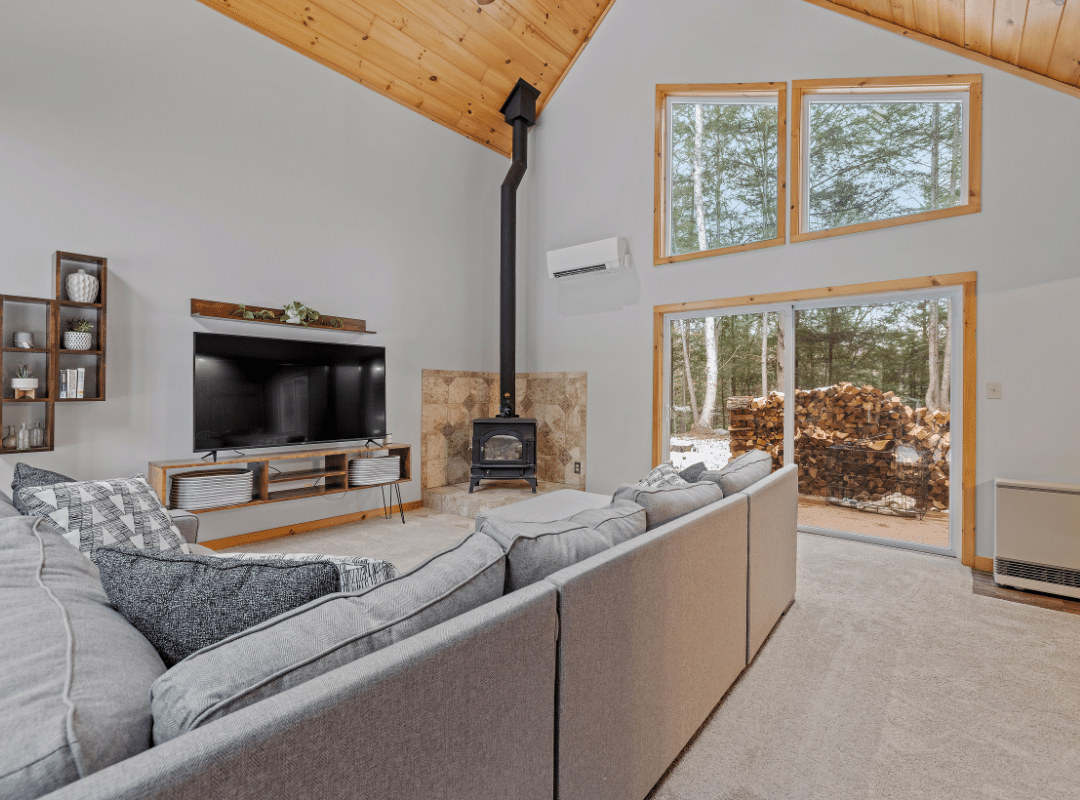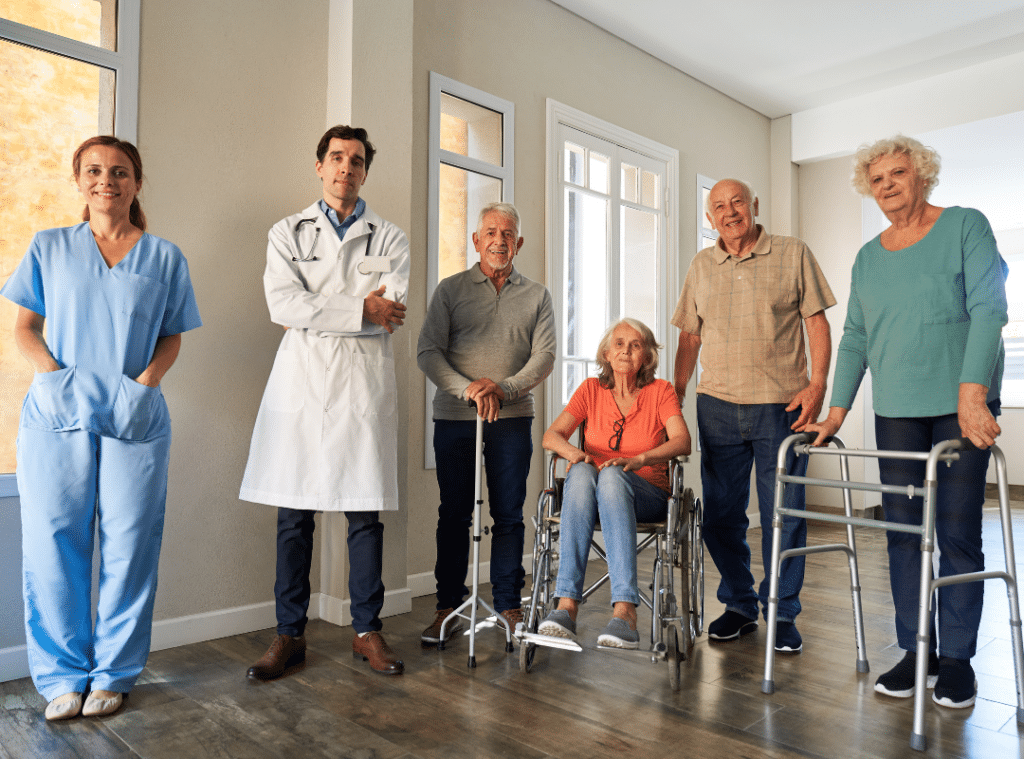24 Hour Care for Seniors Explained – Westmont of Fresno
24-Hour Care for Seniors: Expert Support at Westmont
When your loved one’s safety and comfort become top priorities, exploring 24-hour care for seniors at Westmont of Fresno may be your answer. This level of continuous care ensures someone is always available—day or night—to help with daily tasks, medical needs, and emotional well-being. Whether your loved one needs help with mobility, managing medication, or simply companionship, 24-hour care can offer the right balance of safety and dignity. Unlike sporadic visits or part-time supervision, 24-hour care brings consistency, peace of mind, and a deep trust for seniors and their families. The caregivers are trained to assist with everything from complex health conditions to everyday needs, creating a personalized support system. And with Westmont’s commitment to compassionate service, your loved one receives more than care—they receive a better quality of life. Families often ask how to know when it’s time for 24-hour support. Let’s explore what that looks like, how to make it happen, and what to expect.
What to Expect with 24-Hour Care for Seniors
Choosing 24-hour care for seniors means your loved one is never alone. At Westmont of Fresno, caregivers rotate shifts to provide seamless, attentive care around the clock. This constant support helps manage chronic conditions, reduce fall risks, and ensure medication is timely. The caregivers are also there for emotional support, which is equally essential. For many families, the peace of mind knowing someone is always present brings significant relief. The relationship built between the senior and their caregivers can uplift their mental and emotional state, creating a sense of stability in their daily life. Learn more about our personalized care services to see how this experience is customized.
How to Get 24-Hour Care for the Elderly at Home
If you’re wondering how to get 24-hour care for the elderly at home, the process starts with a personalized care assessment. At Westmont of Fresno, our team works with families to identify specific needs—mobility, medical conditions, daily routines—and build a tailored care plan. Once the plan is developed, trained caregivers are scheduled for rotating shifts, ensuring your loved one always has support, even during late-night hours. Unlike live-in arrangements, 24-hour in-home care avoids caregiver fatigue and guarantees consistent attention. Whether through agency-based solutions or private arrangements, the key is choosing caregivers who meet the emotional and physical needs of your loved one. Learn how to start with our expert guidance.
Understanding How Much Does 24/7 In-Home Care Cost Per Month
Budgeting for full-time care means asking the critical question: How much 24/7 in-home care costs per month? The cost can vary depending on the level of care required, the location, and whether medical assistance is included—the average ranges from $15,000 to $25,000 per month for non-medical care. If your loved one needs skilled nursing, the cost may be higher. At Westmont of Fresno, we work with families to create cost-effective care plans that balance quality and budget. Long-term care insurance or VA benefits may also be available to help cover the costs. With professional guidance, families can plan while ensuring their loved one receives excellent care. Learn more about financial options with our team today.
Choosing Private Care for the Elderly at Home
Many families prefer private care for the elderly at home because it offers one-on-one attention in a familiar environment. This choice ensures seniors maintain their routines, comfort, and independence while receiving top-tier assistance. Private care is fully personalized—whether your loved one needs cognitive support, help with meals, or simple companionship. Westmont of Fresno specializes in matching residents with trained caregivers who understand medical needs and emotional and social preferences. Private care helps reduce the risk of hospitalizations, and it gives families a direct role in the care journey. As you evaluate your options, consider whether private care at home fits your loved one’s lifestyle and comfort level.
Where to Find 24 Hour In-Home Care Near Fresno, CA
Searching for 24 hour in-home care near Fresno, CA, can be overwhelming, but starting with trusted providers like Westmont of Fresno simplifies the journey. We understand the importance of finding reliable, compassionate caregivers nearby who are available around the clock. Local 24-hour care services offer a practical solution for families who want their loved ones close and cared for without relocation stress. Westmont caregivers are background-checked, trained in specialized care, and prepared to adapt to evolving health needs. First, contact us or explore our memory care benefits for seniors with cognitive decline. Choosing a local care team builds trust and ensures continuity of care that larger or remote providers often can’t offer.

Safety, Support, and Peace of Mind
One of the most potent reasons families choose 24-hour care is for the peace of mind it brings. Whether your loved one has been falling, forgetting medication, or showing signs of memory loss, 24-hour support ensures someone is always present to respond. Safety risks are reduced when trained caregivers monitor for wandering, provide fall prevention, and offer around-the-clock supervision. Learn how home safety changes make a difference, too. With 24-hour care, your loved one has the safety net they need—without losing their independence or the comfort of home.
When to Transition to 24-Hour Support
Knowing when to move from part-time to full-time care depends on changes in your loved one’s health and daily behavior. You may notice increased confusion, more falls, skipped meals, or missed medications. These signs often mean it’s time for consistent supervision. Having caregivers on duty at all hours reduces the chance of emergencies and can improve both mental and physical health outcomes. With the right timing, transitioning to 24-hour care is a supportive step, not a loss of independence, but an enhancement of daily life.
By choosing 24-hour care for seniors at Westmont of Fresno, you’re offering more than just physical assistance. You’re providing your loved one with dignity, companionship, and a secure, home-like environment tailored to their needs. From personalized support plans to trained professionals who genuinely care, 24-hour care is a gift of safety and connection.
Call us today at 559-446-1266 to discuss your loved one’s needs or visit us in person. Let’s create a care solution that fits your family’s life—starting now.
Frequently Asked Questions
How much does 24-hour home care cost?
The cost of 24-hour home care varies depending on your location, the level of care needed, and the agency you choose. On average, it can range from $400 to $600 per day. Some providers offer live-in care, which may be less expensive than around-the-clock hourly care. It’s essential to get a personalized quote based on your specific needs.
Will Medicare pay for 24-hour home health care?
Medicare typically does not cover 24-hour home care if it’s non-medical or custodial. However, it may cover short-term, part-time skilled care prescribed by a doctor, such as nursing or therapy services. For full-time, non-medical support, you may need to explore other funding sources like Medicaid, long-term care insurance, or private pay. Always check your plan details or speak with a Medicare representative for specifics.
What conditions require 24-hour care?
24-hour care is often needed for individuals with severe or chronic health conditions that affect mobility, cognition, or safety. This includes late-stage dementia or Alzheimer’s, advanced Parkinson’s disease, recovery from major surgery, or individuals with high fall risk. It’s also common for those needing hospice or end-of-life care to require around-the-clock support. Each situation should be evaluated to determine the appropriate level of care.
Do overnight caregivers sleep?
Whether an overnight caregiver sleeps depends on the type of care arrangement. Some overnight shifts are considered “awake”, where the caregiver remains alert and available throughout the night. Others may be “sleep” shifts, where caregivers can rest but must be available to assist if needed. It’s important to clarify expectations with the care provider before starting services.





















